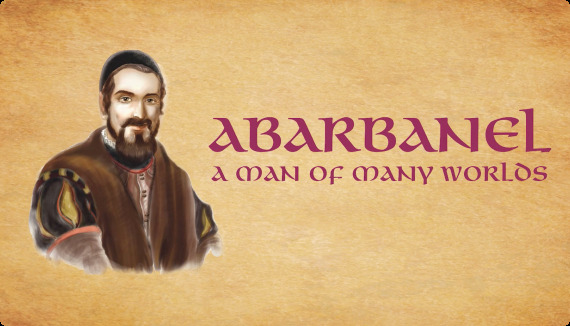For the tens of thousands of full time yeshiva students, both Israelis and young men from the Diaspora, who are now studying Torah and Talmud here in Israel, this period of time marks the beginning of the "winter zman." The "winter zman" extends from the beginning of the month of Mar Cheshvan until the beginning of the month of Nissan. Because this year of 5765 is a leap year containing two Adar months, this year's "winter zman" extends for a full six months. The yeshiva year is usually divided into three parts - the "winter zman: as explained, the "summer zman," which begins at the beginning of Iyar and extends until the beginning of Av and the "Elul zman" which begins at the beginning of Elul and ends on Yom Kippur Eve. The month of Nissan, most of the month of Av and most of the month of Tishrei are "bein hazmanim," periods when the yeshiva is officially not open, though Torah study really knows of no vacation times. The women's Torah seminaries here in Israel also follow pretty much the same schedule of classes throughout the year. In general, one can say that the "Elul zman," because of its immediate proximity to the High Holy Days is the most intense and spiritually demanding of the three. The "winter zman" is the time when most of the creative learning is accomplished and the "summer zman" is usually one of review and retention of the year's subject matters. Of course, these assessments do not necessarily apply to every individual yeshiva and yeshiva student but are rather an overall view of what happens in most yeshivot to most of their students over the school year.
In the Lithuanian yeshivot of the nineteenth century - Volozhin, Slobodka, Mir, Telshe, etc. - the "winter zman" was always seen as the crucial period of the school year. A student, who for some reason did not do well during the "winter zman," would be hard pressed to find himself successful in his studies the rest of the year. The long Lithuanian nights of winter were especially conducive to study, intellectual growth and accomplishment. The Talmud itself stated, "night was especially created for the study of Torah." Unlike our present society, there were few distractions present in the small communities where most of the Lithuanian yeshivot were located. Students studied late into the night and on Thursday nights, many stayed awake the entire night engaged in Torah study. I remember my beloved grandfather told me when I was yet a small child that during his first "winter zman" in Volozhin yeshiva he completed the in-depth study of Gitin and Kidushin - two very major and difficult tractates of the Talmud - including all of the major commentaries. Fifty years after the event, he was as proud of this achievement that he accomplished in one "winter zman" as he was on the day that he actually completed this feat. The "winter zman" was the test of the mettle of the yeshiva student. It was a precious time of the year and of life itself, not to be squandered or wasted. And to a great extent, the current yeshivot in Israel and in the Diaspora, which are still patterned in one way or another on their Lithuanian antecedents, also view the "winter zman" as the period of greatest importance in the student's intellectual and educational development. So for the yeshiva student, this is the buckle-down-to-business time of the year.
Though regular daily lectures in Talmud are given by the faculty in yeshivot, it is the self-study aspect of the educational process that is most emphasized. Most yeshiva learning is done with a chevruta - a learning partner. The two study together for long hours, discussing, arguing, and analyzing the Talmudic texts and the ideas of the commentators to it, as well as reviewing the lecture that they heard that day. Finding the "right" chevruta is therefore a most essential prerequisite to having a successful "winter zman." There are the lucky few who are able to study completely on their own thus obviating the necessity for a chevruta. There are other fortunate individuals who are able to find the perfectly compatible chevruta for themselves immediately at the beginning of the "winter zman." However for most yeshiva students there is an element of trial and error with chevruta hunting until the matter is sorted out successfully. By now though, the "winter zman" should be in full swing and the voice of Torah can be heard loud and clear throughout the Jewish world. May the students of Torah be blessed in their studies and devotion.
Berel Wein



